India and Canada, both successful democracies, are quite far apart in terms of population and wealth: India, with its 1.4 billion people and a GDP of $4.18 trillion, contrasts with Canada’s total population of 41 million and a GDP of $2.25 trillion. One is the fourth-largest economy, growing faster than any other large economy, whereas the other is an advanced G7 economy.
Yet, the two nations developed and nurtured close relations covering multiple domains. In this task, they were partly assisted by the fact that the Indian community, comprising both Indo-Canadians and NRIs, now accounts for nearly 7 per cent of Canada’s population.
However, this relationship experienced a crisis starting in September 2023, and it was only in October 2025, two years later, that a structured and consciously crafted reset of the bilateral relationship was put in place. Where is this relationship heading now?
A Rear-Mirror View
Prime Minister Narendra Modi’s visit to Canada in April 2015, which took him to three cities – Ottawa, Toronto, and Vancouver – is still remembered as a sincere effort to deepen bilateral cooperation. Prime Minister Justin Trudeau’s state visit to India in February 2018 produced six agreements, but sharp differences between the two governments on the question of counter-terrorism and activities of Sikh separatists in Canada left a bad taste in the mouth of Indian hosts.
From then onwards, things happened, climaxing in Trudeau’s statement in the House of Commons in September 2023, which was delivered immediately after his return from participating in the G20 summit in New Delhi. He stated that Canada was looking at “credible allegations of a potential link between agents of the Government of India and the killing of a Canadian citizen, Hardeep Singh Nijjar”, a Khalistani leader.
Impact Shorts
More ShortsIn a sharp reaction, India’s Ministry of External Affairs (MEA) rejected the PM’s statement and a subsequent one made by the foreign minister as “absurd and motivated”. The inaction of the Canadian government over the activities of the separatists has been a matter of “long-standing and continuing concern,” it stressed. From that point, the relationship quickly headed downhill. It resulted in the withdrawal of the two high commissioners and other senior diplomats in October 2024. The chill lasted for several months.
How then was this relationship salvaged?
Canadian voters played a crucial role. Sensing changing political winds, Trudeau announced his decision to opt out before the April elections. People retained the Liberal Party and endorsed its choice of Mark Carney as the new prime minister, who holds a positive and forward-looking perspective on India. A side effect of the elections was the decimation of the New Democratic Party (NDP) and the defeat of its leader, which demonstrated that this party had lost the support of its constituency.
Another factor was the dramatic geopolitical shift brought by Donald Trump as the 47th president and his initial campaign to make Canada ‘the 51st state of the US’. This led to the change in Canadian leadership. It also compelled Canada to accelerate its quest for friends and allies in Europe and Asia. Hence, a fresh look at ties with India became inevitable.
The Road to Reset
The mission to secure rapprochement between India and Canada went through three phases.
One, the prime ministers played a significant role. The new Canadian prime minister, with his solid reputation as a former central banker for Canada and the UK, is known to be fully aware of India’s expanding global profile and law-abiding approach. Knowing his credentials and views, the Indian side lost little time.
PM Modi sent a warm congratulatory message to Carney, highlighting that democratic values, a steadfast commitment to the rule of law, and vibrant people-to-people ties unite the two nations. He assured his new counterpart of full cooperation ”in strengthening our partnership and unblocking greater opportunities for the two people”. Carney took the wise initiative to extend an invitation to Modi to participate in the G7 summit at Kananaskis in June 2025.
The two leaders held a bilateral meeting on the sidelines of the G7 summit and agreed “to work closely to add momentum to India-Canada friendship”. This, coupled with the appointment of Anita Anand as the new foreign minister, was enough to send a clear signal to the Canadian establishment that they now needed to rework their India brief.
Second, a two-track approach was adopted at the official level. The cluster of issues relating to terrorism, separatism, and ‘law enforcement’ was taken up by National Security Adviser (NSA) Ajit Doval and his counterpart Nathalie G Drouin during her visit to New Delhi in September. This was a part of the regular security dialogue between the two governments. Essentially, the two agreed to strengthen security cooperation and further reinforce existing mechanisms of engagement.
As for the second track, senior officials led by MEA Secretary P Kumaran and his counterpart, Deputy Minister David Morrison, covered the entire gamut of relations to prepare the ground for a comprehensive dialogue at the foreign ministers’ level.
Three, during Anita Anand’s visit to India from October 12 to 14, detailed interactions with External Affairs Minister S Jaishankar took place, and a call with PM Modi was arranged. This visit was deemed productive by both parties.
The tangible outcome was the joint statement of October 13. Its recognition that amidst global economic uncertainty and rising geopolitical tensions, “a strong and resilient India-Canada relationship is essential” is imbued with much significance.
The document notes that the two nations have a trade relationship worth over $23 billion. An agreement was reached on an early start to the ministerial-level discussions on bilateral trade and investment, as well as the resumption of dialogue through the CEO Forum.
Likewise, discussions on the environment, climate action, energy, education, sustainable technology, critical minerals, nuclear, and science and technology cooperation, as well as sustainable supply chains, would be arranged.
Another decision was to strengthen the institutional capacity of the two High Commissions and their consulates. It is an ambitious roadmap. Minister Anand stressed its significance by pointing out, “There has not been a joint statement in recent memory, dating well before the pandemic, between Canada and India.”
Prospects
Wisely, the relationship has taken a positive path. It is now time for implementation and delivery. Heavy responsibility rests on the shoulders of the two foreign ministers who would “shepherd the process of rebuilding our cooperation”, matching the expectations of the two PMs and “the interests of our people”, as Minister Jaishankar stated.
Officials are factoring in the possibility of brief meetings between PM Modi and PM Carney during the Asean-related summits in Kuala Lumpur in October and the G7 summit in Johannesburg in November. The top leaders keeping an eye on the sensitive issues and the tempo of execution will no doubt be helpful. The next important milestones could be a visit to India by the Canadian prime minister to participate in the Artificial Intelligence (AI) summit in New Delhi in February 2026, as well as a full-fledged visit by PM Modi to Canada next year. That is when concrete outcomes of the reset may become visible.
Rajiv Bhatia is a Distinguished Fellow at Gateway House, with extensive diplomatic experience in regional and global groupings, and the author of three books on Indian foreign policy. Views expressed in the above piece are personal and solely those of the author. They do not necessarily reflect Firstpost’s views.


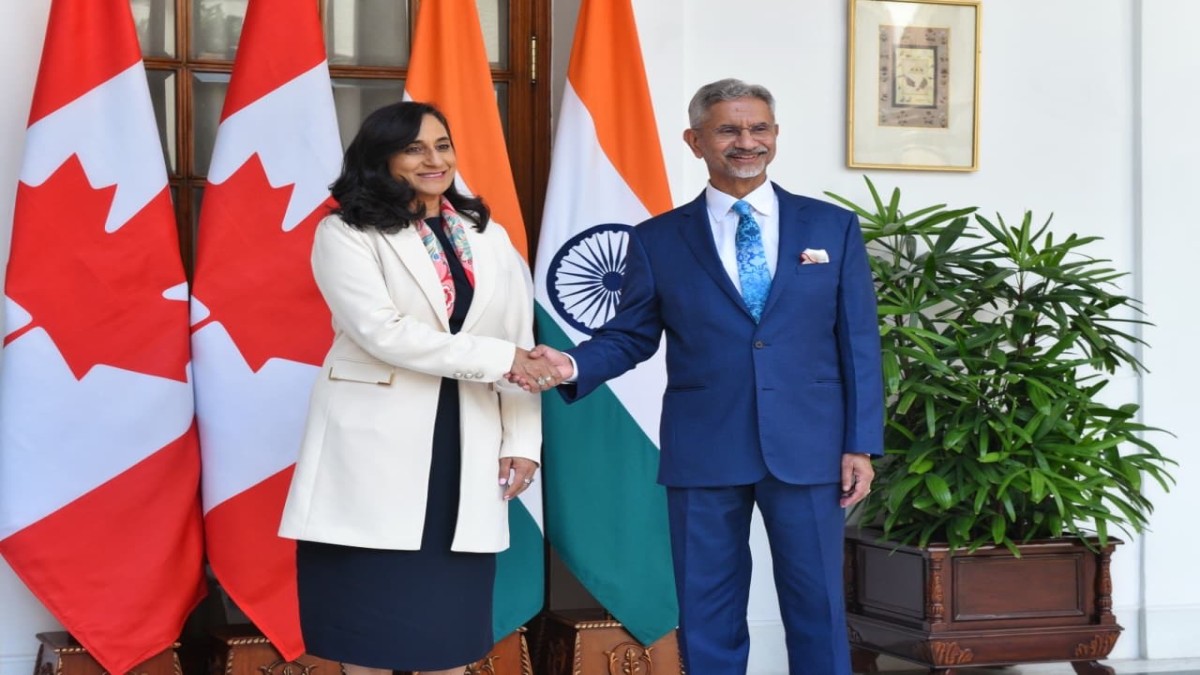)
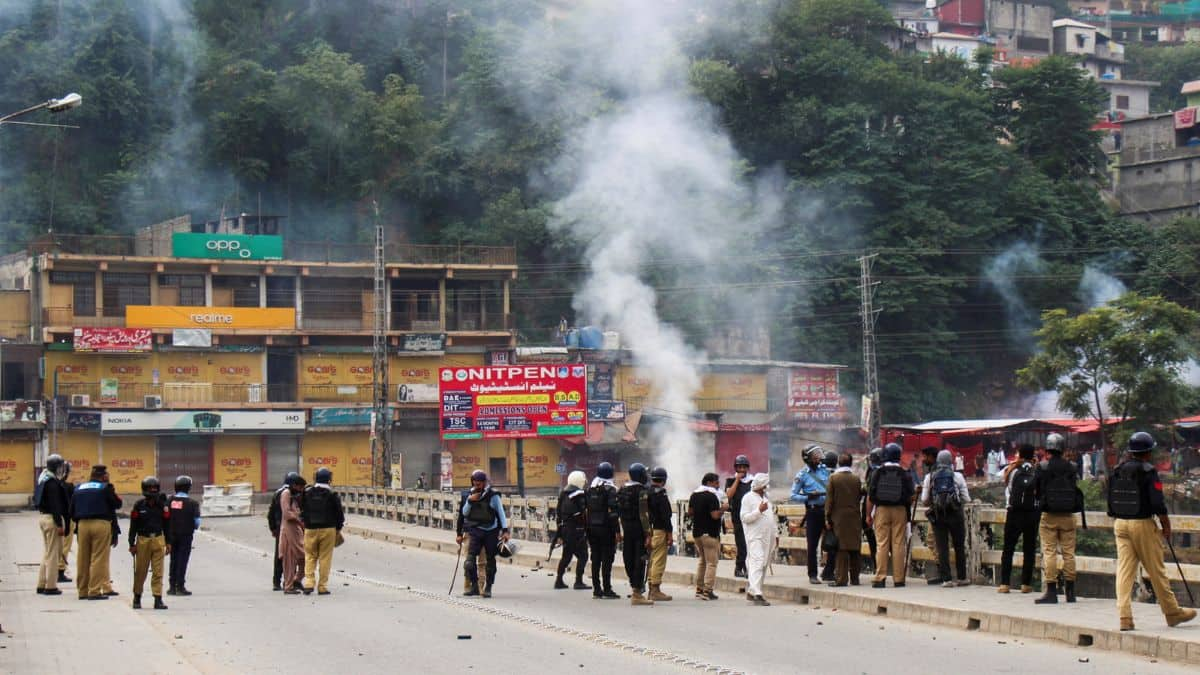
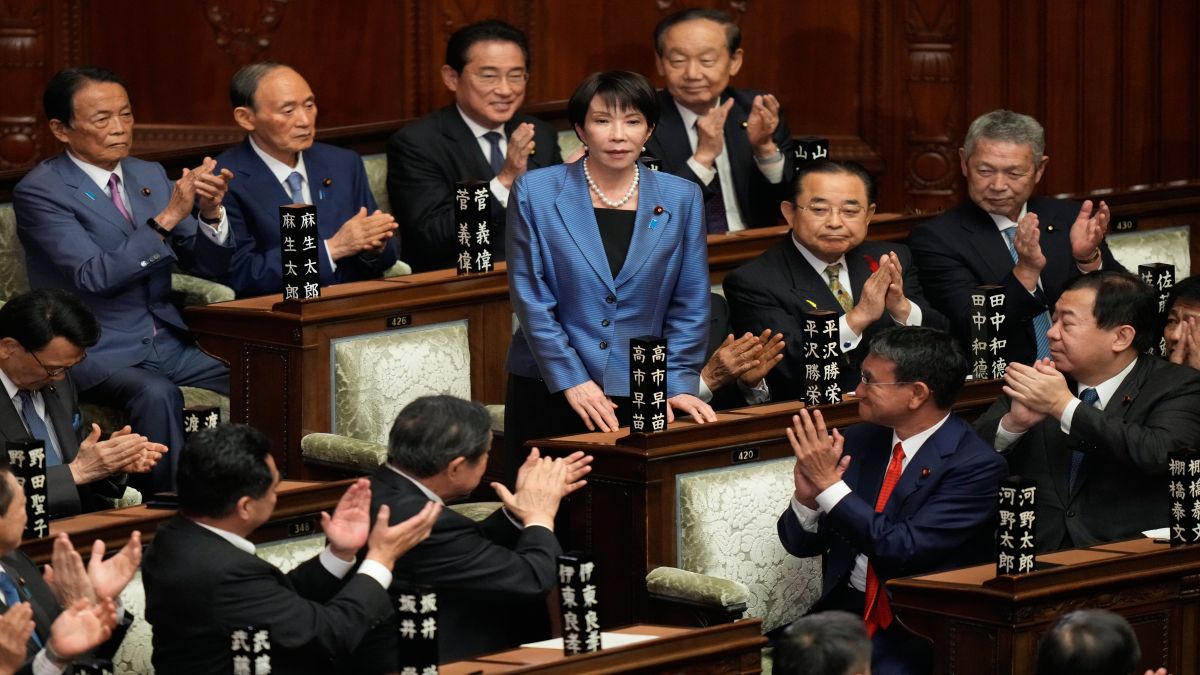)
)
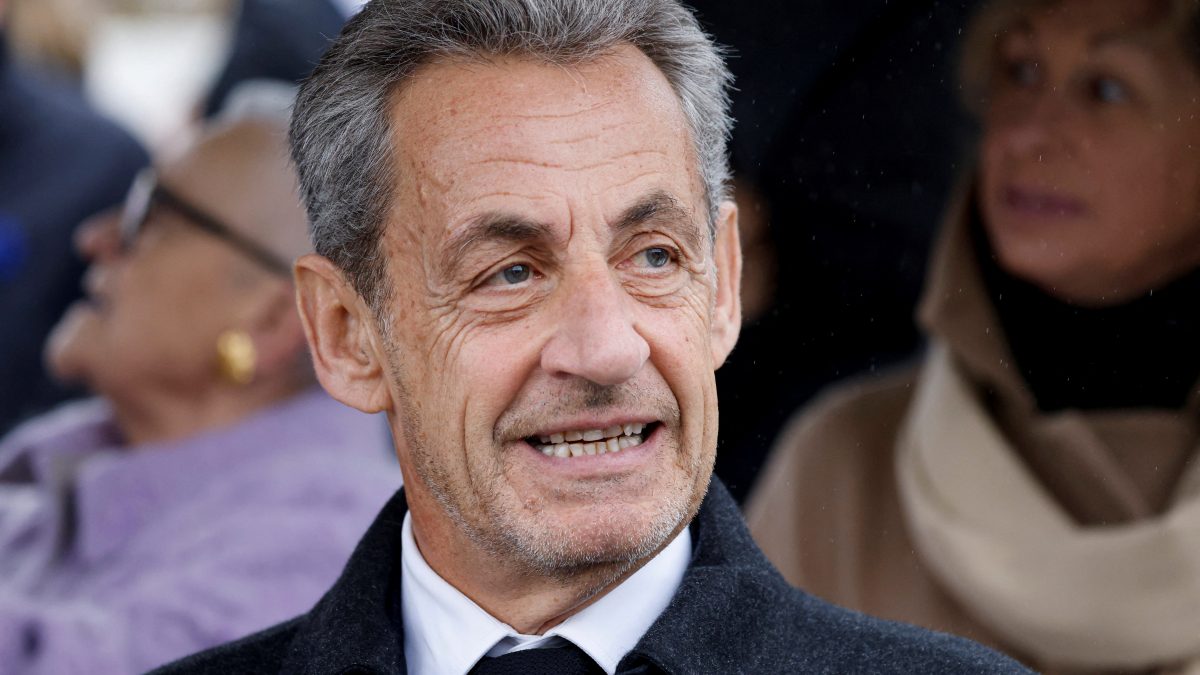)
)
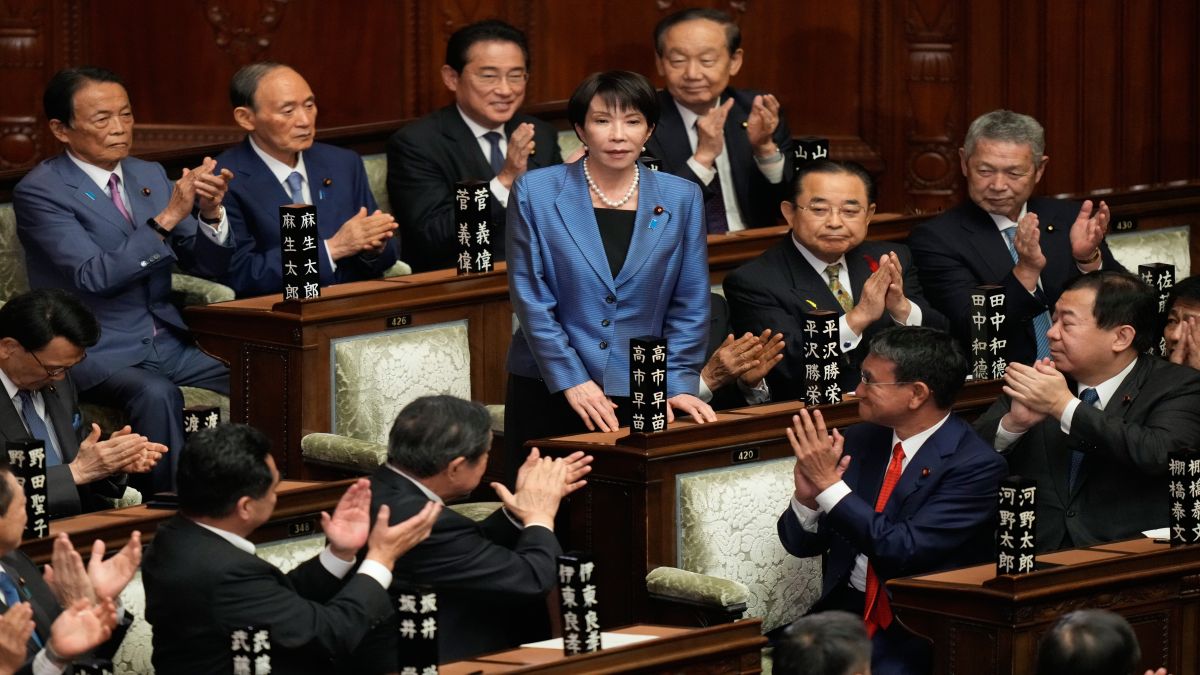)
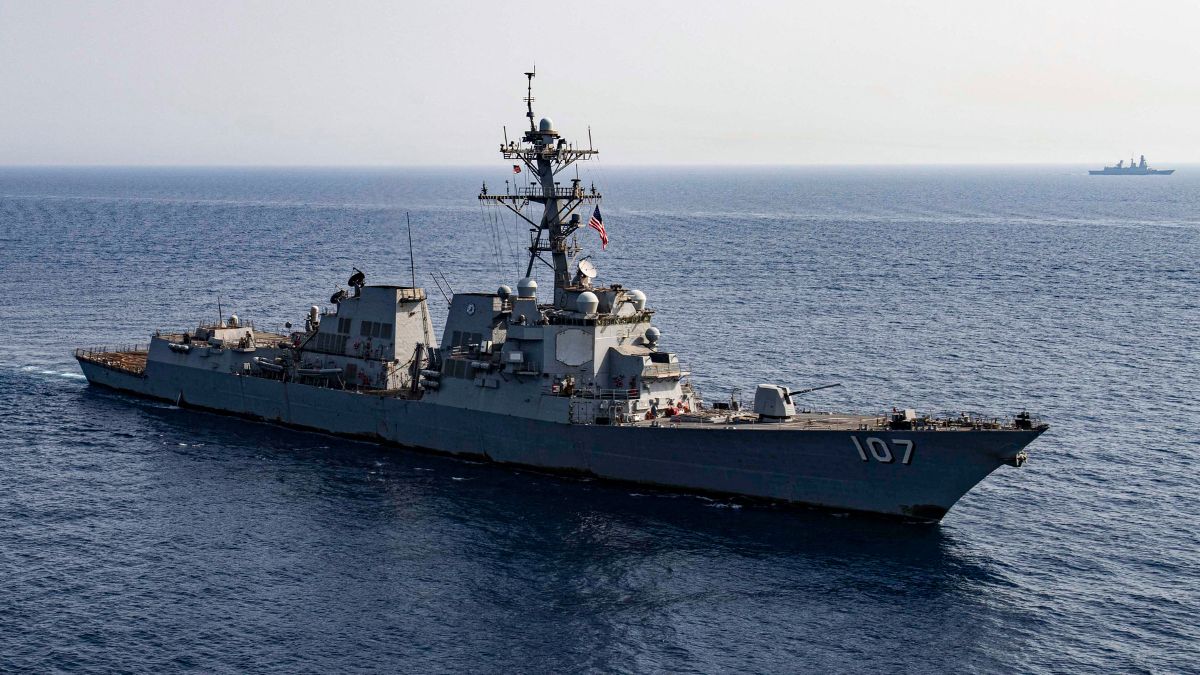)
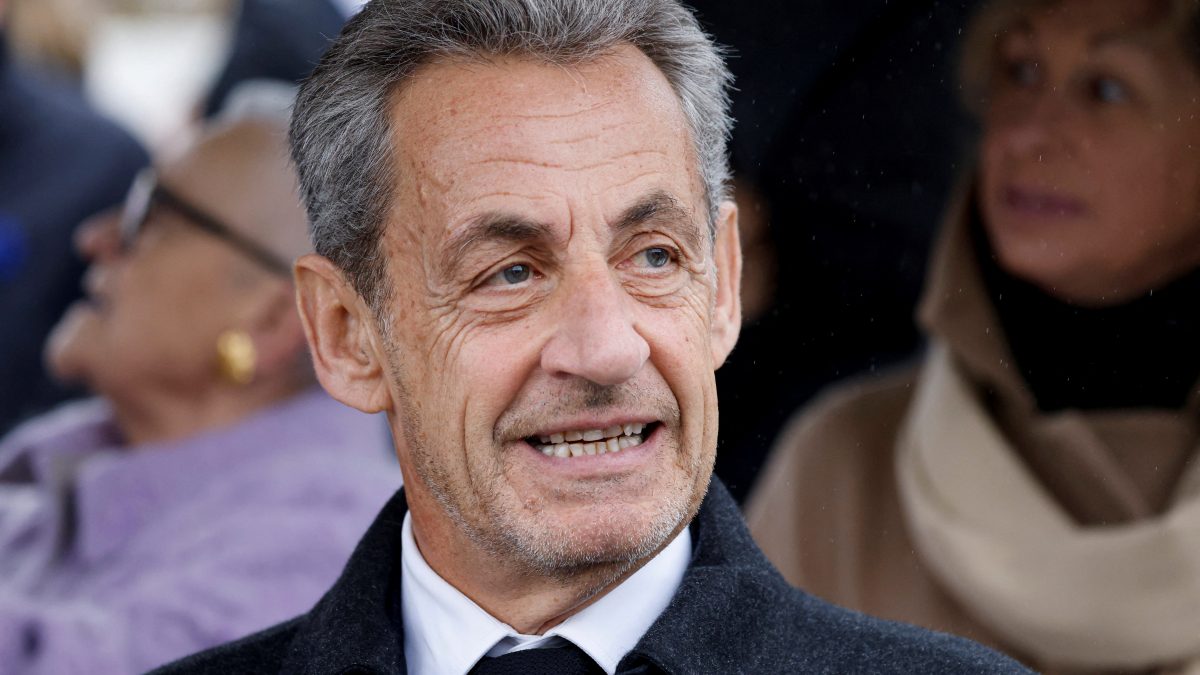)
)



